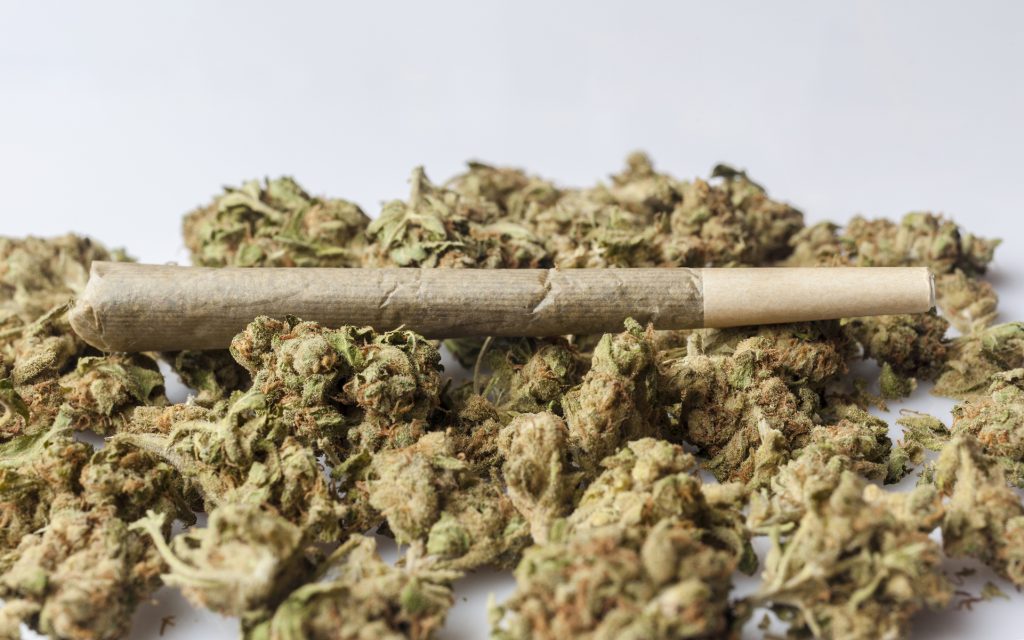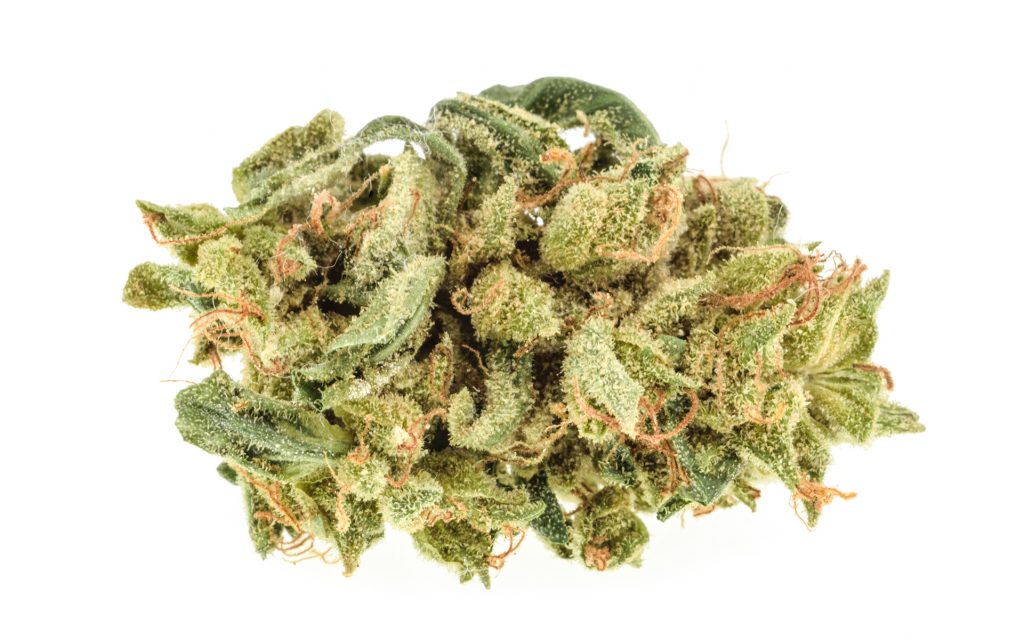Health Cannabis health information including its use as a treatment for ailments and safety considerations.
We’ve all learned about the dangers of smoke inhalation since we were young, whether it’s from a house fire or a cigarette. However, as an avid cannabis enthusiast and occasional secondhand smoke creator, I felt compelled to seek out scientific data on smoke inhalation’s negative health effects, especially with cannabis popularity on the rise and smoke inhalation ingrained as the traditional means of enjoying cannabis.
As I found out, cannabis smoke is not only harder on the circulatory system than tobacco, but while “[t]here is widespread belief that, unlike tobacco smoke, marijuana smoke is benign” (Springer 2016),studies on circulatory health show that its smoke – and secondhand smoke – may be harmful.
What are the Effects of Secondhand Cannabis Smoke?

In a recent study conducted at the University of California, San Francisco, scientists measured the effects of secondhand cannabis smoke on rats by observing “flow-mediated dilation” of arteries (i.e. how wide or narrow arteries became). Basically, when blood flow is briefly blocked and then unblocked, blood vessels must enlarge in order to let the backed-up blood supply flow through. (Think of the machines at pharmacies that cinches around a person’s arm to check blood pressure.)
According to Dr. Matthew L. Springer, whose cadre of scientists conducted the study, this “flow-mediated dilation” (FMD) is “a real-time effect that works better in healthy vessels than in diseased vessels, and is better in young people with no cardiovascular risk factors.”
To study the effects of secondhand cannabis smoke, researchers used rats that were individually sedated in order to obtain consistent measurements and minimize harm. They then temporarily blocked blood flow in a large artery and measured FMD after the block was removed. This was done both before and after exposing the rats to secondhand cannabis smoke. These experiments were designed to test whether FMD would be impaired by smoke exposure, i.e. whether blood vessels would show a diminished ability to expand after being blocked. Dr. Springer explained, “It’s been known since the 1990s that [tobacco] smokers have impaired FMD, and that people who report a lot of exposure to secondhand smoke have poor FMD even if they are not being exposed to smoke during the test.”
The results clearly showed that rats exposed to secondhand cannabis smoke displayed impaired FMD—their blood vessels did not dilate as well compared to control subjects exposed to smoke-free air. In fact, after just one minute of secondhand smoke exposure, FMD did not recover to normal levels even when measured 90 minutes later. This effect was not surprising to the researchers given the long list of toxic substances contained in smoke. “Burning of any plant material results in many toxic chemicals, including volatile organic compounds and noxious gases like acrolein, carbon monoxide, and formaldehyde,” Springer told us.
Does Cannabinoid Content Affect Cannabis Smoke Side Effects?

Next, the researchers wanted to know whether THC or other cannabinoids contributed to the blood vessel impairment they observed. To do this, they used cannabis that did not contain any cannabinoids (THC, CBD, etc.). When rats were exposed to secondhand smoke lacking cannabinoids, they observed the same deficits in FMD, indicating that THC and other cannabinoids do not contribute to impairment in FMD caused by smoke exposure.
“We showed that impairments occurred even when THC was absent and when rolling paper was absent,” Springer said. “In fact, we also confirmed that there were no pesticides used for the growth of this marijuana, and that there were no seeds or stems.” Thus, they ruled out that the impairment was caused by the major psychoactive component of cannabis (THC) or other cannabinoids which may have therapeutic utility (e.g. CBD).
Does Vaporization of Cannabis Smoke Have the Same Effects?

Dr. Springer explained the implications of this study’s results: “It is worthwhile to emphasize that these results do not necessarily indicate an anti-drug message, as we have shown that the problem is not caused by marijuana the drug, but by marijuana the smoke. We just hope that the results can influence people to think about how they are taking cannabis/THC/CBD etc. and to make informed decisions about what they are exposing themselves and their family, neighbors, and friends to in the process.” Given the negative health effects of smoke exposure, cannabis consumers may want to consider combustion-free delivery methods, including vaporization.
To put a finer point on the subject, we asked Dr. Springer if vaporizing cannabis was a healthier method of consumption. “It is a reasonable supposition,” he answered. “However, we don’t know this for certain, and more chemicals than just THC are present in the vapor from these devices. A very sensible reaction to our demonstration is to suggest that people use non-smoke-generating ways to consume THC.”
Vaporization, oral ingestion, and topical use are less harmful consumption methods than smoke inhalation. And while a joint amongst friends is still a symbol of togetherness, we can vape our cannabis and eat it, too, without endangering either our health or the health of bystanders who are the real casualties of secondhand smoke.
Smoking in a Legalized Cannabis World

Secondhand smoke and its health concerns extend well beyond the cannabis consumer. For instance, many adult cannabis enthusiasts are prohibited from consuming in their homes or private residence, making them more likely to indulge in public and therefore increasing the likelihood that non-cannabis consumers will come in contact with smoke. This is especially frustrating in states with legal cannabis but no venues designated for local consumption.
Dr. Springer notes, “I feel that public exposure to secondhand smoke should be avoided whether it is from tobacco or marijuana. Smoke-free policies that determine where smoking is prohibited should be written broadly enough to include marijuana. Educationally, people who live with other people, especially parents of young children, need to know that smoking marijuana around the kids may be just as bad for their cardiovascular health as smoking tobacco cigarettes. I think this is a no-brainer when it comes to recreational use.”
With new cannabis research guidelines approved by the DEA, studies like this one can influence the future of cannabis consumption. As an industry, we should seek to understand all aspects of how this plant can affect personal and public health.



By submitting this form, you will be subscribed to news and promotional emails from Leafly and you agree to Leafly's Terms of Service and Privacy Policy. You can unsubscribe from Leafly email messages anytime.
 Strains & Products Which Type of Vaporizer Best Suits You?
Strains & Products Which Type of Vaporizer Best Suits You?  Cannabis 101 What are Cannabis Tinctures and How are They Made/Used?
Cannabis 101 What are Cannabis Tinctures and How are They Made/Used?  Cannabis 101 How to Make Your Own Cannabis-Infused Capsules
Cannabis 101 How to Make Your Own Cannabis-Infused Capsules  Cannabis 101 Edibles 101: Everything You’ve Ever Wanted to Know About Cannabis-Infused Edibles
Cannabis 101 Edibles 101: Everything You’ve Ever Wanted to Know About Cannabis-Infused EdiblesThe post What are the Negative Effects of Cannabis Smoking and Secondhand Smoke? appeared first on Leafly.
from
https://www.leafly.com/news/health/secondhand-marijuana-smoking-side-effects





No comments:
Post a Comment